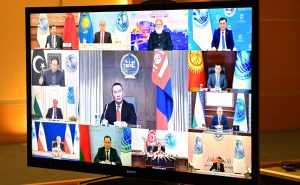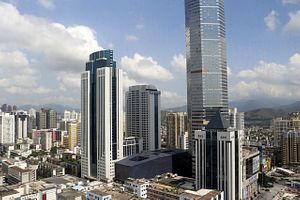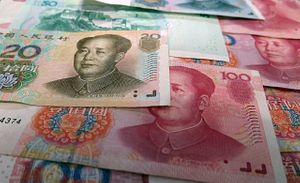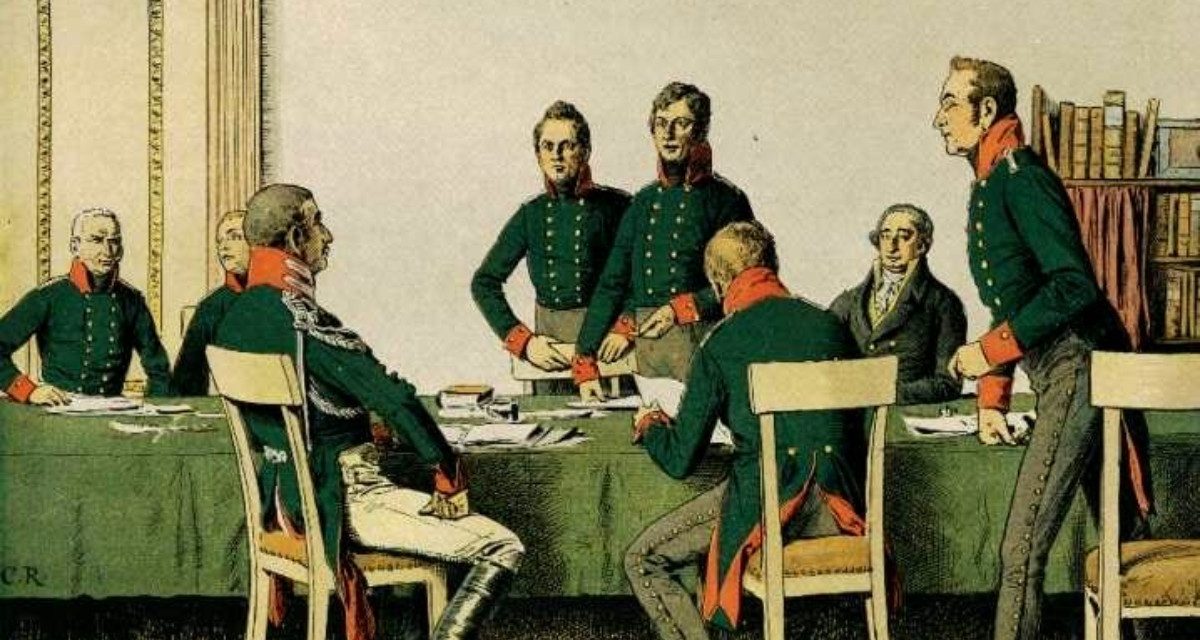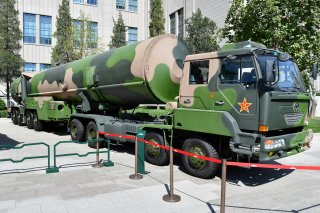By Rajeswari Pillai Rajagopalan

Indian and Chinese military forces have been engaged in a military standoff in Ladakh for more than six months now. Several rounds of military and diplomatic talks had yielded no progress. But there was cautious optimism in New Delhi after the eighth round of corps commander-level talks between India and China, held on November 6. There are increasing hints that some agreement may be reached. According to one report in the Indian media, the two sides reportedly “agreed to restoring status quo ante” on the Line of Actual Control (LAC). According to sources quoted in the report, “all that remains is for both sides to formalize the sequencing of steps required to achieve the objective.”
But this is the most optimistic of the reports, though earlier reports about the November 6 meeting also claimed that progress had been made. On the same day that these more optimistic reports appeared, Indian Army Chief General M.M. Naravane, speaking at a public event in Delhi, said, “We are hopeful of reaching an agreement which is mutually acceptable and is really beneficial in keeping with the overarching policy guidelines.” There remains understandable caution, as he also added that the border troops are fully equipped with appropriate clothing and weapons and that the forces face “no shortages whatsoever.”
In earlier reports on the November 6 meeting, an official said that India “want[s] complete de-escalation. Reduction of troops from some areas and de-induction of weapons is not a viable option and is not what we have proposed.” Chief of Defense Staff General Bipin Rawat also maintained that the any change in the status quo “is not acceptable to India” and that one cannot rule out the “situation getting out of hand and spiralling into a larger conflict.”

